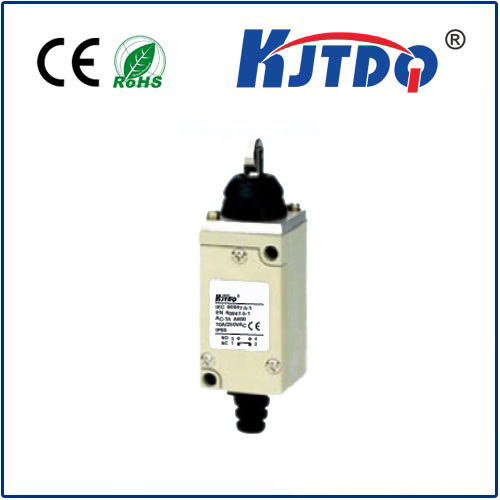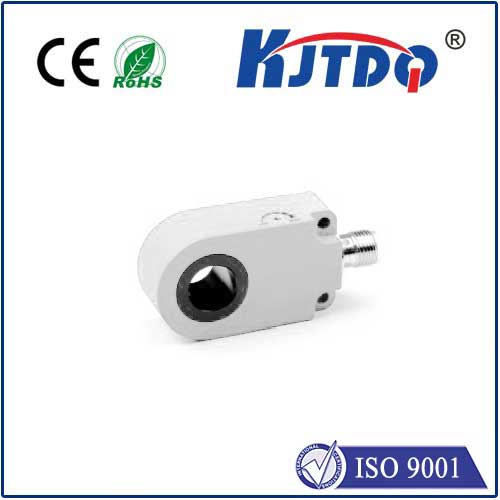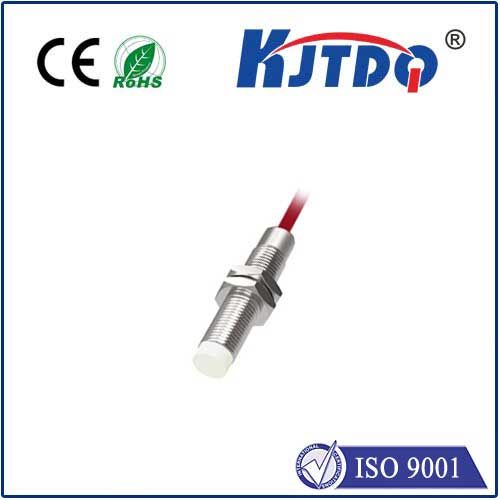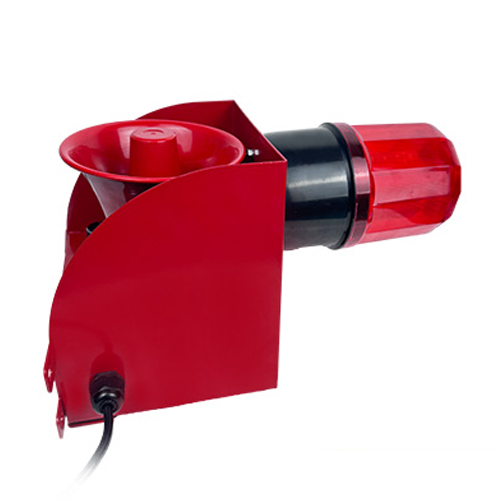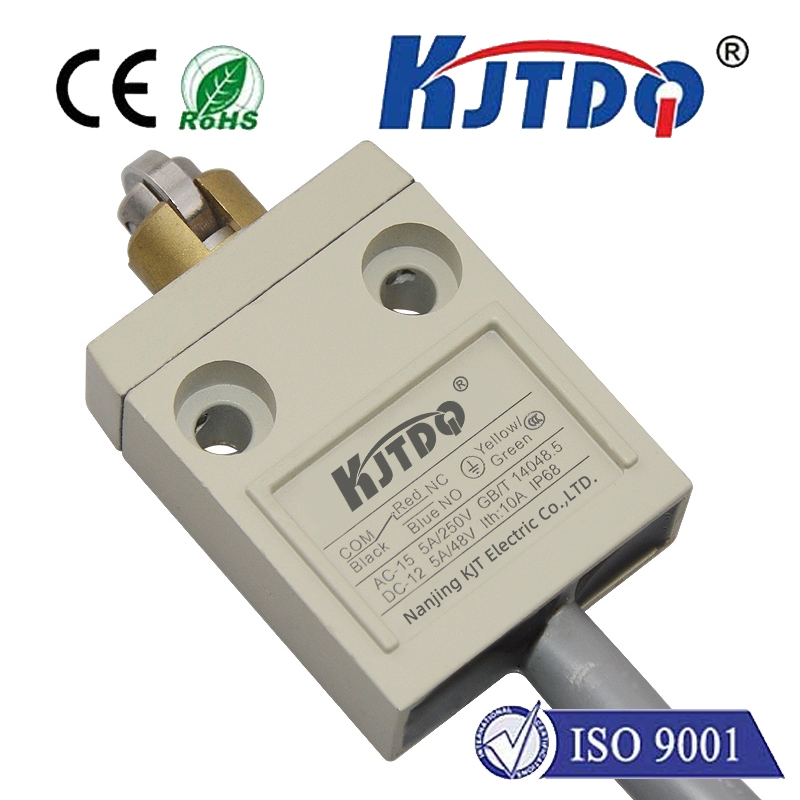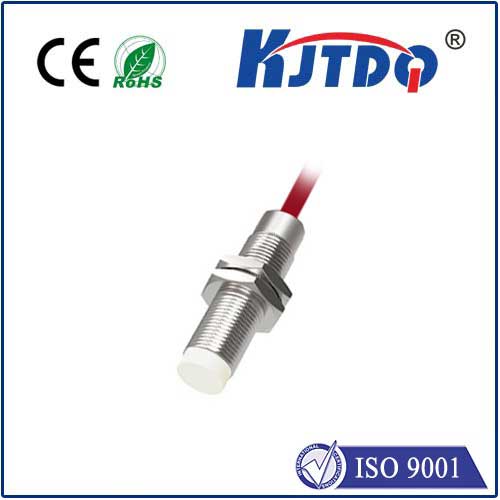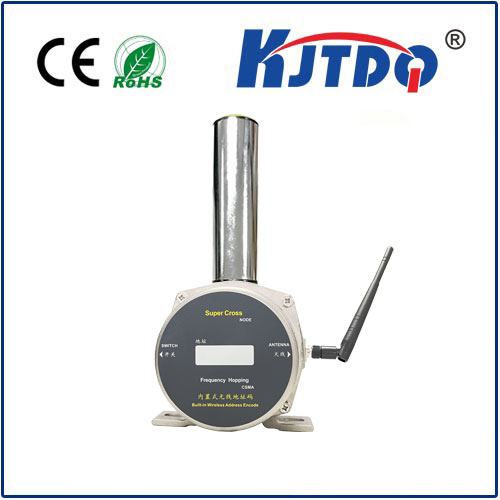temperature gauge sensor
- time:2025-08-24 03:53:53
- Нажмите:0
How Temperature Gauge Sensors Work: Monitoring Your System’s Vital Signs
(Estimated reading time: 6-7 minutes)
Imagine driving down the highway when a subtle but persistent warning light flickers to life on your dashboard – the temperature gauge creeping dangerously into the red zone. That simple gauge, a lifeline to your engine’s health, gets its crucial information from a tiny, unassuming hero: the temperature gauge sensor. Far more than just a component, this sensor acts as the essential nervous system constantly feeding vital thermal data to your vehicle’s or machinery’s “brain.” Without it, you’d be navigating blindly through a potential minefield of overheating disasters. Understanding how these sensors function, their critical importance, and how to care for them isn’t just technical knowledge; it’s fundamental to safeguarding your valuable equipment.
The Essential Role: Why Temperature Measurement Matters
Temperature isn’t just a number; it’s a direct indicator of operational health and efficiency. Whether monitoring engine coolant to prevent catastrophic overheating, ensuring optimal operating temperature for fuel efficiency and emissions control, tracking transmission fluid lifespan, regulating industrial furnace outputs, or maintaining precise conditions in scientific processes, accurate temperature readings are paramount. Temperature gauge sensors are the frontline sentinels, continuously translating the physical world of heat into electrical signals that control units and displays can understand. Their performance directly impacts safety, performance, longevity, and cost. A failing sensor can lead to misleading readings, poor performance, increased fuel consumption, false warnings, or, most critically, a complete lack of warning when disaster looms.

Inside the Device: Core Working Principles
While various technologies exist for temperature sensing, the fundamental goal remains the same: convert temperature change into a measurable electrical change. Here are the two most prevalent types powering temperature gauges, especially in automotive contexts:
- Thermistor-Based Sensors (Common in Automotive): These are arguably the workhorses for vehicle coolant and air temperature monitoring. A thermistor is a type of resistor whose electrical resistance changes dramatically and predictably with temperature. Most automotive temperature gauge sensors use Negative Temperature Coefficient (NTC) thermistors. This means their resistance decreases as the temperature increases. The sensor is physically immersed in the fluid (like coolant) or air stream it needs to measure. As the temperature changes, the thermistor’s resistance changes. The vehicle’s Engine Control Unit (ECU) or gauge cluster supplies a known reference voltage to the sensor circuit. The varying resistance alters the voltage drop across the sensor. This fluctuating voltage signal is sent back to the ECU or gauge.
- The Gauge’s Role: The gauge itself, whether analog or digital, isn’t just a passive display. It contains circuitry designed to interpret this specific voltage signal range corresponding to the expected temperature range (e.g., cold, normal, hot). It translates the sensor’s electrical feedback into the familiar needle sweep or digital readout you see.
- The Proportional Relationship: The resistance drop in the NTC thermistor is proportional to the temperature rise. This predictable change allows the system to calculate the actual temperature accurately based on the measured voltage/resistance.
- Thermocouple Sensors (Widespread in Industrial/High-Temp): Found more commonly in industrial processes, furnaces, exhaust gas temperature monitoring, and some specialized vehicle applications (like EGT sensors), thermocouples operate on a different principle: the Seebeck effect. They consist of two dissimilar metal wires joined together at one end (the measuring junction). When the junction experiences a temperature change relative to the other end (the reference junction), it generates a small voltage (electromotive force or EMF). The magnitude of this voltage is directly proportional to the temperature difference between the two junctions. This voltage signal, though small, is measured and converted into a temperature reading by the connected instrumentation. Their key advantage is suitability for very high temperatures.
Variations on a Theme: Not All Sensors are Identical
While thermistors dominate automotive dashboards, the world of temperature gauge sensors is diverse:
- Engine Coolant Temperature (ECT) Sensor: The quintessential automotive sensor, monitoring coolant temperature to inform the gauge, fan control, fuel mixture, and ignition timing. Usually an NTC thermistor.
- Cylinder Head Temperature (CHT) Sensor: Measures the temperature of the engine cylinder head itself, sometimes used instead of or alongside an ECT sensor. Also typically an NTC thermistor.
- Transmission Fluid Temperature (TFT) Sensor: Crucial for monitoring automatic transmission health, triggering cooling strategies, and influencing shift patterns. Often an NTC thermistor.
- Intake Air Temperature (IAT) Sensor: Measures the temperature of incoming air, helping the ECU adjust the air/fuel mixture. Usually an NTC thermistor.
- Resistance Temperature Detectors (RTDs): Use platinum wire whose resistance changes very linearly with temperature. Highly accurate and stable, commonly used in industrial process control and laboratory settings. More expensive than thermistors.
- Infrared (IR) Sensors: Measure surface temperature without contact by detecting emitted infrared radiation. Used in applications where contact is impossible or undesirable. Crucially, they cannot measure fluid temperatures within a system unless looking directly at the fluid surface through a sight glass.
Recognizing Trouble: Symptoms of a Failing Temperature Gauge Sensor
Ignoring your temperature gauge sensor is akin to ignoring a fever. Warning signs include:
- Erratic or Inaccurate Gauge Readings: The needle might peg to hot or cold erratically, fluctuate wildly, or show an implausibly low temperature when the engine is warmed up (or vice versa). This is the most direct symptom.
- Overheating with No Warning: A sensor stuck indicating “cold” will prevent the gauge from rising and may not trigger cooling fans, leading to silent overheating.
- Constant “Hot” Reading: A sensor or circuit shorted internally might constantly send a “hot” signal to the gauge and ECU.
- Poor Engine Performance: The ECU relies heavily on accurate temperature readings. A faulty sensor can cause overly rich or lean fuel mixtures, rough idling, stalling, poor acceleration, and increased fuel consumption.
- Illuminated Check Engine Light (CEL) / Malfunction Indicator Lamp (MIL): The ECU constantly monitors sensor signals. Readings outside expected parameters or electrical faults (open/short circuits) will trigger a diagnostic trouble code (DTC) and usually illuminate the CEL.
- Cooling Fans Not Engaging or Running Constantly: Fan operation is often triggered by ECU commands based on coolant temperature input. A faulty sensor signal can disrupt this.
- Poor Heater Performance: If the sensor tells the ECU the engine is still cold, it may restrict coolant flow to the heater core.
Proactive Care: Maintaining Sensor Health
While automotive temperature sensors are generally robust, proactive maintenance prevents costly failures:
- Follow Recommended Coolant Service Intervals: Old, contaminated coolant becomes acidic and can corrode sensor probes and connections, leading to inaccurate readings or failure. Use the correct coolant type specified by the manufacturer.
- Avoid Electrical Contact Issues: When replacing sensors, ensure connectors are clean, tight, and free of corrosion. Dielectric grease can help protect connections. Handle sensors carefully to avoid damaging wiring.
- Address Cooling System Problems Promptly: Overheating events put extreme stress on sensors. Fix leaks, replace failing thermostats, and ensure the cooling system functions optimally to protect all components, including sensors.
- Visual Inspection: Occasionally check

